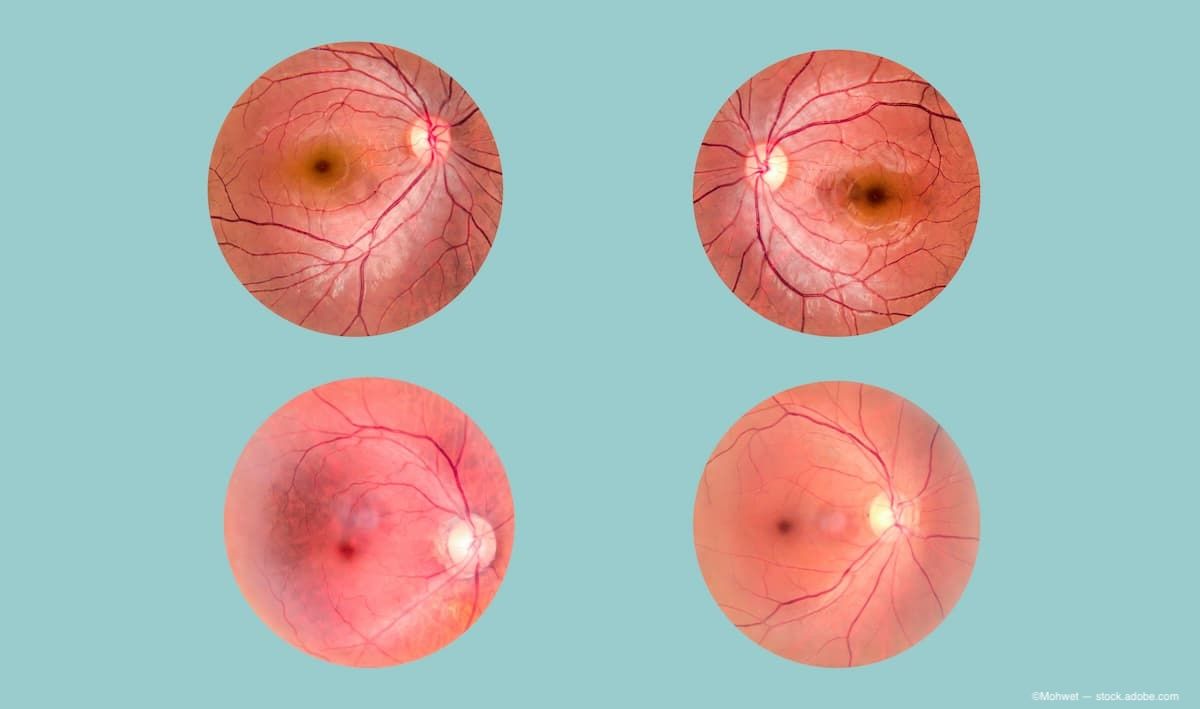Article
Be prepared: EMRs are here to stay
Now is the time for practitioners to begin to do their homework on electronic medical records (EMRs) systems. The federal government has a significant mandate with a large budget to standardize and implement their use in clinical practice, said Richard A. Lewis, MD, at Glaucoma Day at the American Society of Cataract and Refractive Surgery meeting.
Now is the time for practitioners to begin to do their homework on electronic medical records (EMRs) systems. The federal government has a significant mandate with a large budget to standardize and implement their use in clinical practice, said Richard A. Lewis, MD, at Glaucoma Day at the American Society of Cataract and Refractive Surgery meeting.
"This will be your most expensive practice investment bar none. Therefore, before you make your purchase, evaluate all the vendors, view the systems, and discuss their performance with existing users," said Dr. Lewis, a glaucoma specialist in private practice, Sacramento, CA.
Having used a DOS-based EMR system for the last 18 years, Dr. Lewis told attendees that he has found it advantageous for reducing costs, enhancing revenue, improving administration efficiency, and enhancing clinical efficiency care and service. However, because DOS was abandoned, the system lost its industry support, and since it does not readily allow for integration of diagnostic tests, he is currently researching alternatives.
In investigating options, practitioners should be sure they fully understand the company, the product and the long-term service agreement, as each of those elements is extremely important to how the system will be managed. In addition, it is important to select an EMR team within the office that will be involved in implementation and to anticipate a 6- to 12-month period of disruption before the system will be operating smoothly.
Newsletter
Don’t miss out—get Ophthalmology Times updates on the latest clinical advancements and expert interviews, straight to your inbox.




